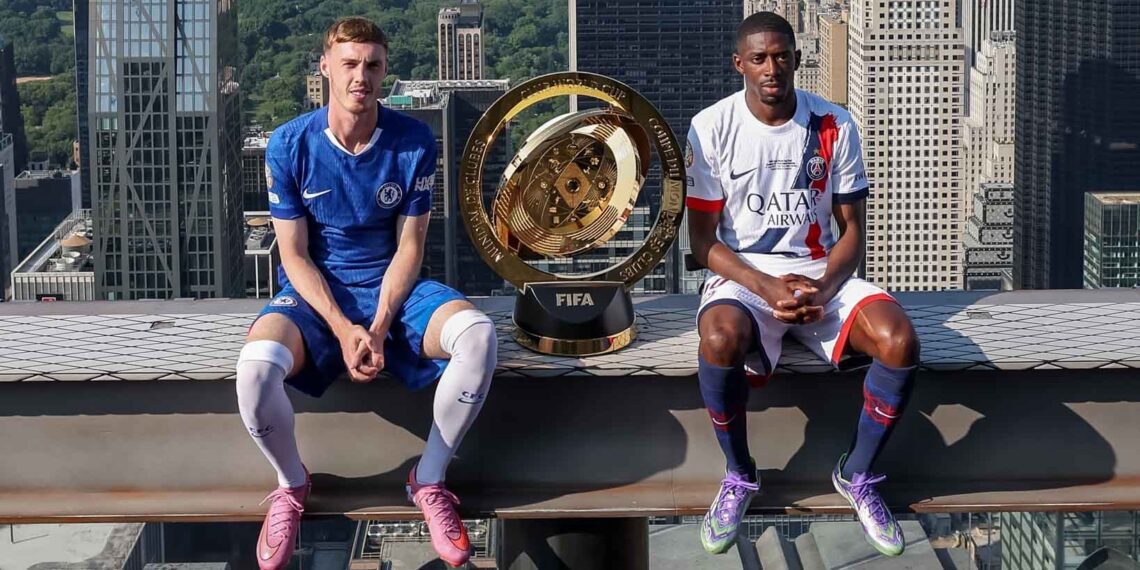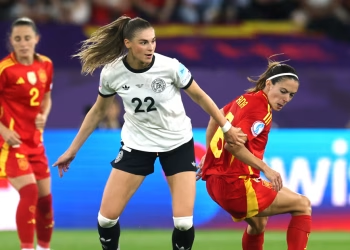The recent Club World Cup revealed several concerns that hint the 2026 World Cup might not unfold as smoothly as hoped. But just how serious are these issues?
In many respects, the Club World Cup failed to serve as the World Cup dress rehearsal FIFA likely envisioned.
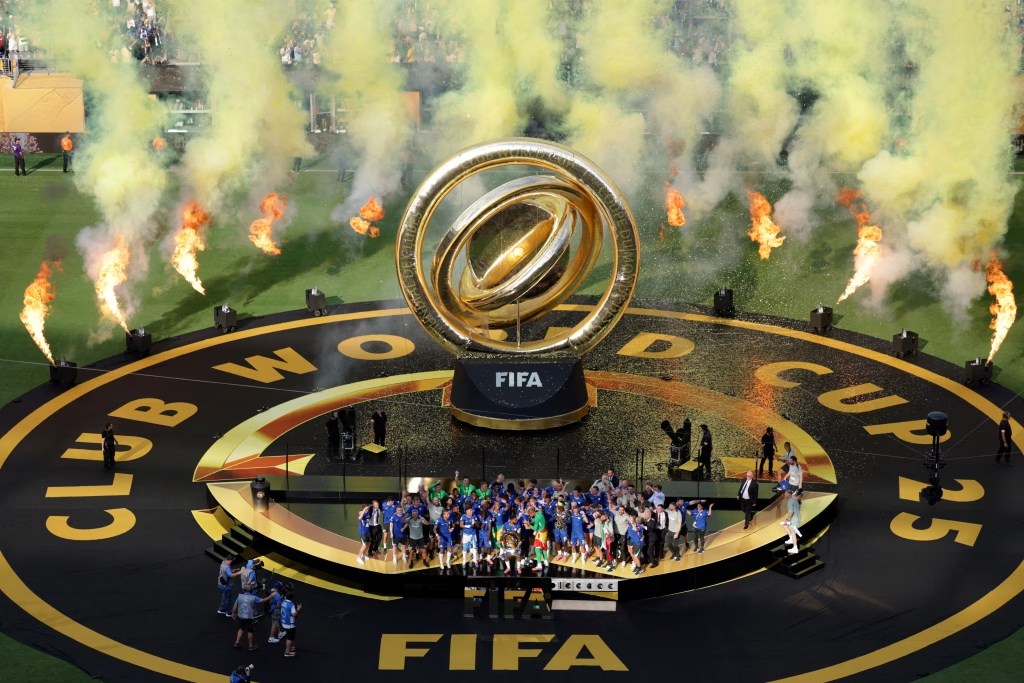
It fell short of generating global excitement or matching the emotional pull of football’s most prestigious international tournament. Nor did it fully satisfy fans craving high-stakes, top-tier football during the summer lull.
Still, the event offered a glimpse into what next summer’s World Cup in the USA, Canada, and Mexico might look like.
Given that the Club World Cup was hosted solely in the United States, it may be premature to draw conclusions about how things will play out in Canada and Mexico. However, certain patterns that emerged this summer raise valid concerns for the expanded 2026 tournament, which will feature 78 matches in the U.S., with an additional 13 each in Canada and Mexico.
Table of Contents
Extreme Weather Casts Shadow Over Club World Cup — A Warning Sign
Spanning four weeks and 12 stadiums, the Club World Cup delivered its share of memorable moments — although many of the most talked-about incidents occurred off the field rather than on it.
Among the biggest challenges was the weather. The Benfica vs Auckland City clash in Orlando had to be halted for two hours at half-time due to adverse conditions. Chelsea’s last-16 showdown with the same Portuguese side in Charlotte extended nearly five hours because of a second-half storm.
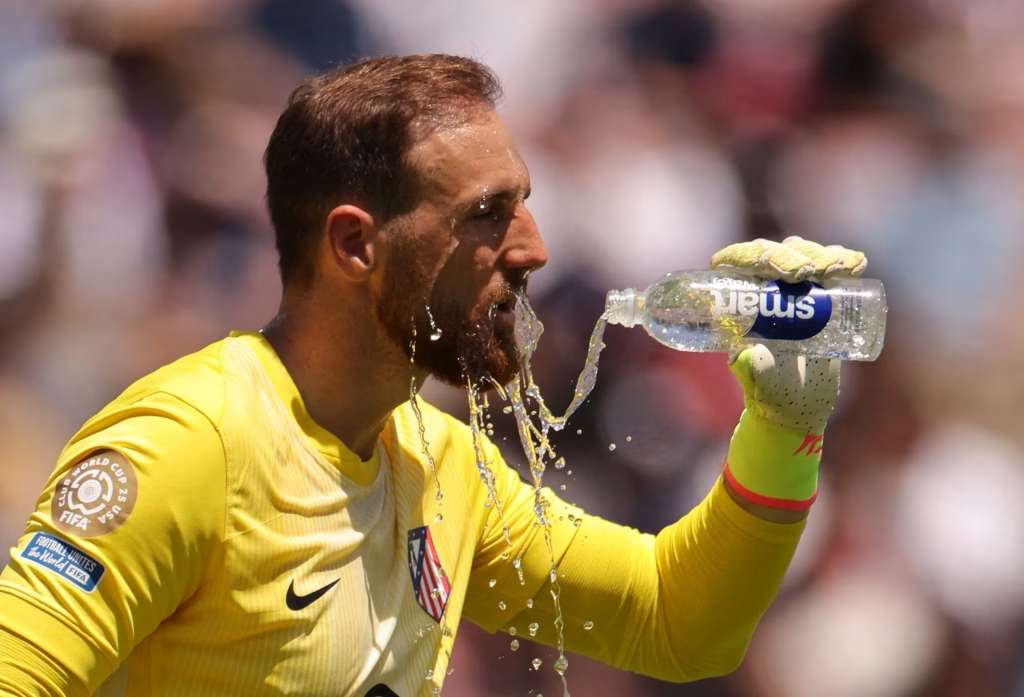
A group-stage match in Cincinnati between Red Bull Salzburg and Pachuca was suspended for 97 minutes amid a thunderstorm. Two other games — Auckland City vs Boca Juniors in Nashville and Palmeiras vs Al Ahly in New Jersey — were each delayed for close to 40 minutes. Numerous other fixtures also experienced postponed kick-offs as a result of weather disruptions.
Chelsea manager Enzo Maresca didn’t hold back following his side’s marathon encounter with Benfica, openly questioning the decision to stage a major competition under such volatile conditions.
“I think it’s a joke to be honest,” he said. “It’s not football. It’s not for us.”
“It’s the seventh or eighth time a game has been suspended here. I understand the safety concerns, but if you have to stop this many matches, maybe this isn’t the right place to host the competition.”
“In a World Cup, how many games are suspended? Zero, probably. In Europe, how many games? Zero.”
To FIFA’s credit, cities like Orlando, Charlotte, and Nashville won’t be hosting matches during next summer’s World Cup. Additionally, four selected venues — including Dallas, Houston, and Atlanta — have retractable roofs and advanced climate control systems to help manage heat and storms.
However, New Jersey’s MetLife Stadium, where weather interruptions occurred during the Club World Cup, is set to host eight World Cup matches, including the final. Miami and Kansas City, both prone to stormy summer conditions, have also been added to the list of host cities.
Heat posed another major concern throughout the tournament. Matches were disrupted by mandatory drinks breaks as players struggled with dehydration — an issue that is likely to resurface next summer in many host locations.
Ahead of the Club World Cup final, Chelsea midfielder Enzo Fernández voiced his concerns and urged FIFA to avoid scheduling matches in the afternoon.
“Honestly, the heat is incredible,” Fernandez said of New Jersey temperatures, which hit close to 40°C during matches at the tournament. “The other day I got a little dizzy during a play. I had to lie down on the ground because I was really dizzy. Playing in this temperature is very dangerous.”
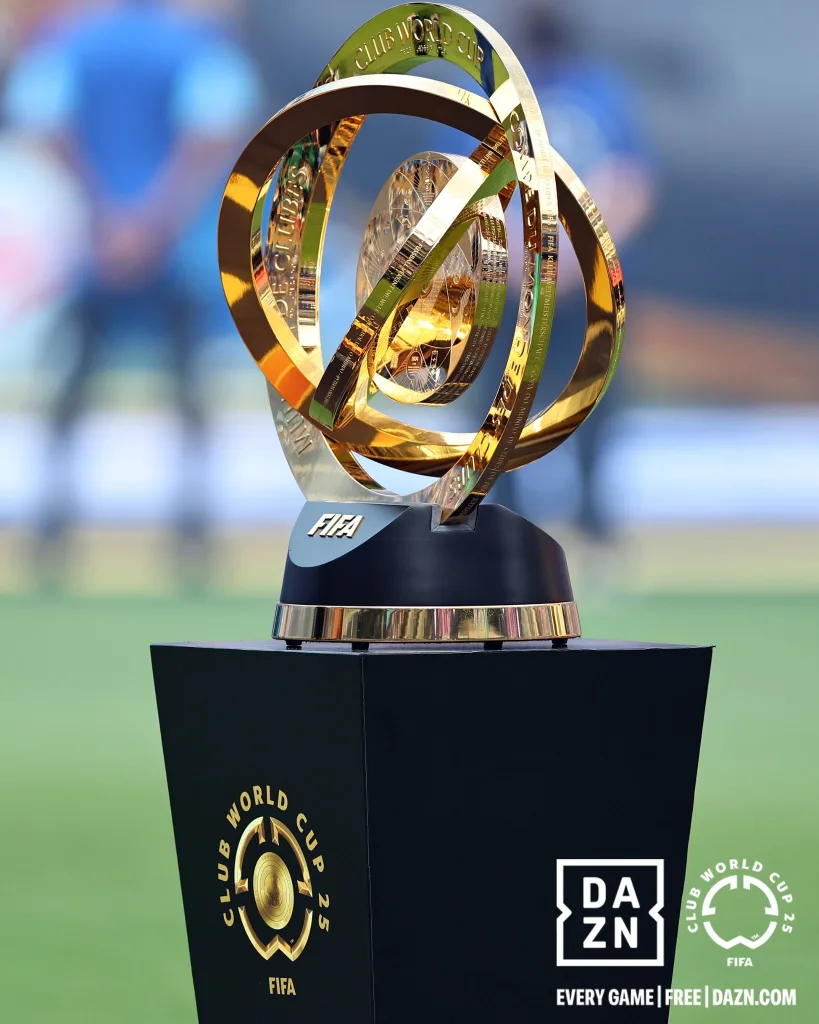
“The speed of the game is not the same. Everything becomes very slow. Well, let’s hope that next year they change the schedule, at least so that it remains a beautiful and attractive football spectacle.”
FIFA may indeed adjust scheduling based on such feedback, with kick-off times for the 2026 World Cup still under review. Avoiding afternoon matches in the hottest cities could be one solution.
Yet, avoiding sweltering conditions altogether will be a logistical challenge across 104 matches in three large, northern-hemisphere countries during peak summer. Afternoon games will also be crucial for TV audiences in Europe — a 7pm kick-off in Los Angeles, for example, would mean a 4am start for European viewers, limiting accessibility and reach.
Disjointed Spectacle: Club World Cup’s Unfamiliar Rhythm Raises Eyebrows
Another talking point from the Club World Cup was the overall presentation of the matches — a number of elements stood out as markedly different from what European audiences typically expect.
For those experiencing American sporting culture live for the first time, the approach to kick-off times might have come as a surprise. The atmosphere around the start of matches could best be described as unusually “relaxed.”
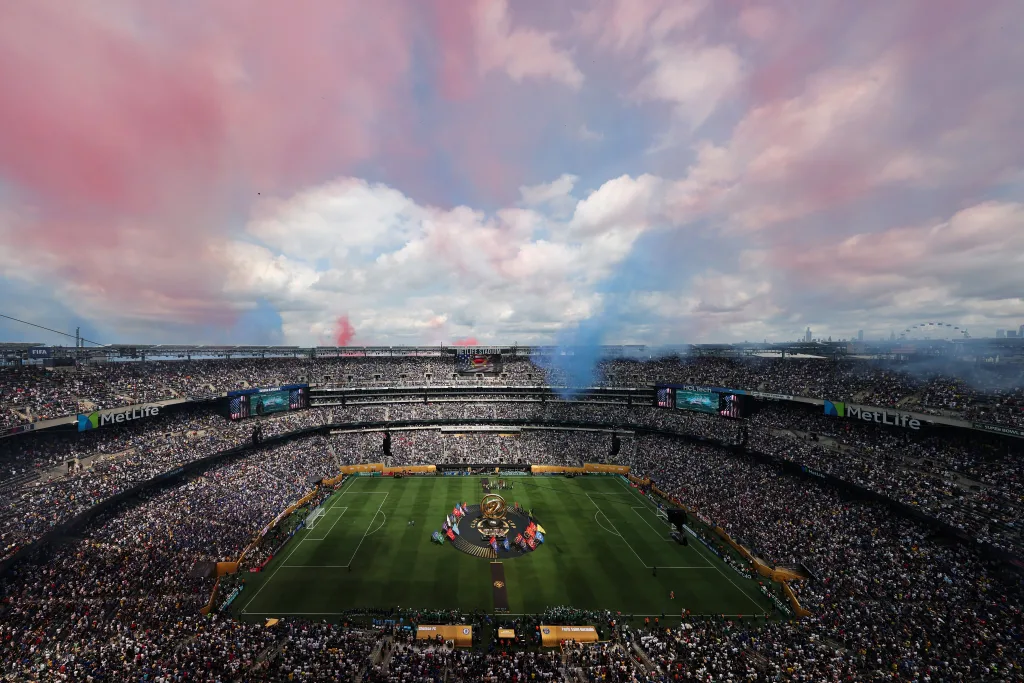
But this isn’t new for U.S. sports. Fans of the NBA are familiar with waiting around 12 minutes past the scheduled tip-off before play actually begins — and that delay is strikingly consistent. Major League Baseball operates similarly, with first pitches routinely occurring more than 20 minutes after the time listed on tickets. The NFL also has a habit of late starts. Most of these delays are intentional, providing broadcasters extra time for high-value advertising slots.
At the Club World Cup, this approach carried over. Before kick-off, players were introduced to the crowd individually and walked out one at a time instead of the usual unified team entrance. The opening match between Al Ahly and Inter Miami began nearly seven minutes later than scheduled, while the final between Chelsea and PSG on Sunday was delayed by over eight minutes — largely due to an elaborate pre-match show.
That included a live performance from Robbie Williams, who sang the official anthem of the competition, featuring the lyrics: “It’s a beautiful gamе and the dream is coming true (Oh-oh-oh-oh), We love soccer! We rock!”
Delayed Starts, Lengthy Halftimes & Drawn-Out Matches: Timings Reflect American Influence
Matchday logistics at the Club World Cup reflected a very different footballing culture — one heavily shaped by American norms around sports presentation and scheduling.
Across the tournament, kick-offs didn’t quite adhere to the advertised times. On average, games began 1 minute and 26 seconds later than scheduled. That may not sound like much until you compare it to Europe’s top leagues. Premier League fixtures in 2024–25 have kicked off just 39 seconds late on average. The Bundesliga is slightly more punctual at 27 seconds, while Ligue 1 lags by only 25 seconds.
In contrast, La Liga and Serie A also take a more relaxed approach: Spanish top-flight games start 1 minute and 36 seconds late on average, and Italy tops that with 1 minute and 43 seconds.
Still, even those numbers pale in comparison to Major League Soccer, where matches during the 2025 season have started an astonishing 10 minutes and 41 seconds late on average. Out of 336 games so far, only 10 have even kicked off within 10 minutes of their scheduled time.
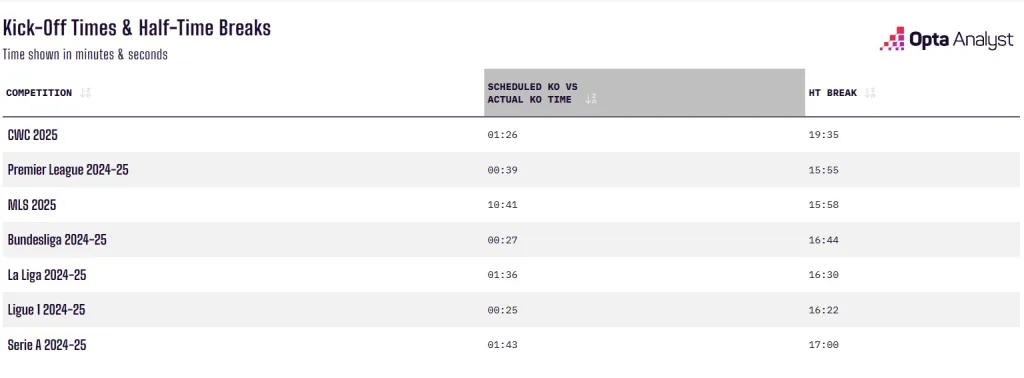
The delays weren’t limited to kick-off. Half-time intervals at the Club World Cup averaged 19 minutes and 35 seconds — a full 2.5 minutes longer than any of Europe’s top five leagues. While this figure was skewed by the infamous weather-delayed Benfica vs Auckland match, even excluding that outlier, the average break still stood at 17 minutes and 34 seconds, longer than any major league or even MLS.
The final match’s half-time break was especially drawn out, lasting 24 minutes and 10 seconds, partly due to performances by Coldplay and Doja Cat, among others. Yet their show ran for only about 10 minutes, raising the question of why the break exceeded FIFA’s 15-minute regulation by nearly 10 minutes.
Interestingly, referees in the Premier League came closest to upholding the 15-minute rule, exceeding it by just 55 seconds on average. Meanwhile, despite their reputation for late starts, MLS matches this season have had shorter half-time breaks than those in the Bundesliga, La Liga, Serie A, or Ligue 1.
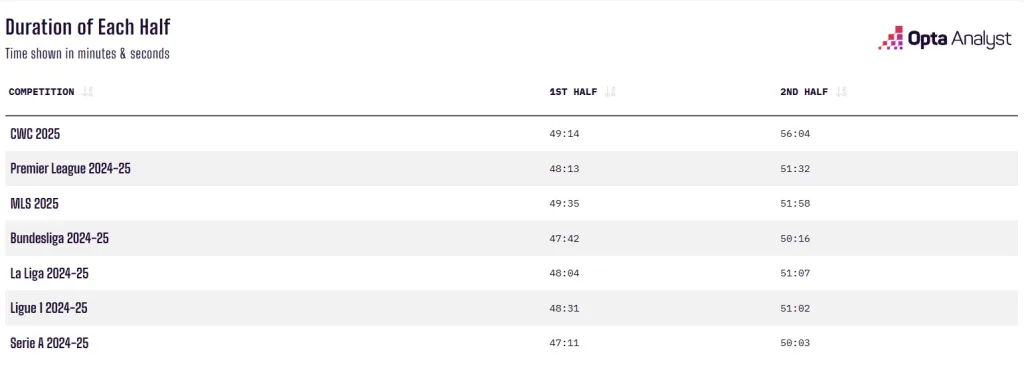
Other sources of delay at the Club World Cup included regular drinks breaks and weather-related stoppages. As a result, the match durations themselves ballooned. First halves averaged 49 minutes and 14 seconds, and second halves stretched to 56 minutes and 4 seconds — the longest of any major league or competition.
MLS topped even that, with first halves averaging 49 minutes and 35 seconds, and their second halves exceeding durations seen in any of Europe’s top five leagues.
What’s notable is that neither the Club World Cup nor MLS adopts the Premier League’s strict time-adding practices, where significant stoppages are factored into added time — an initiative that has contributed to four of the five latest goals recorded in Premier League history since 2006–07.
And yet, even without this formal approach to extended stoppage time, Club World Cup and MLS games have been longer overall, largely due to the combination of mandated drinks breaks and unpredictable weather interruptions.
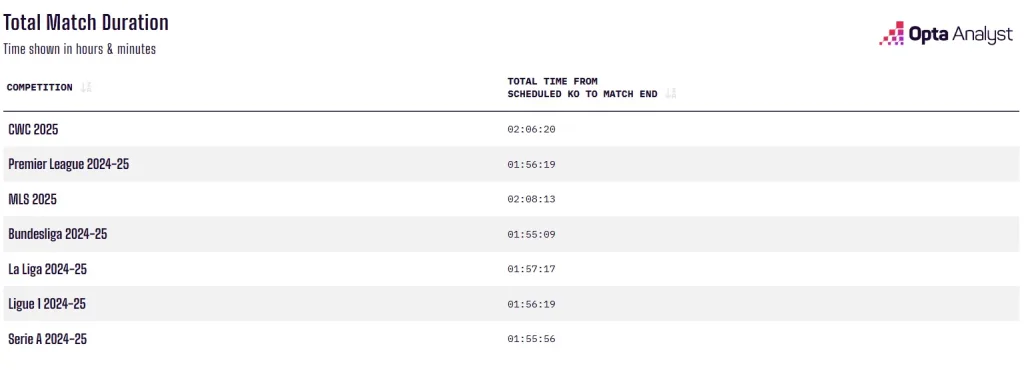
In total, the average match length at the Club World Cup came in at 2 hours, 6 minutes, and 20 seconds — longer than any top European league. MLS 2025 games have run even longer on average, highlighting a broader cultural trend: in American sports, pauses in play are embraced, not discouraged — and that ethos appears to be filtering into football as well.
What Does It Mean for the 2026 World Cup? Potential Delays Pose Logistical and Integrity Concerns
The key question now is what all of this could mean for next summer’s World Cup.
It’s difficult to predict whether FIFA will adopt the same lenient approach to kick-off times that’s standard across American sports, and no one can reliably forecast the weather conditions across the vast territories of the United States, Canada, and Mexico a year in advance.
However, if the Club World Cup served as a preview, we may be in for late starts, unpredictable weather delays, extended half-time intervals, and matches running well beyond 90 minutes.
This poses a number of potential challenges. First, given the time zone difference, games are already expected to be played at inconvenient hours for many fans around the world. Of the 48 teams set to compete, 16 will represent Europe and at least 9 will come from Africa, meaning that roughly half the participating nations will have supporters watching from time zones that are several hours ahead.
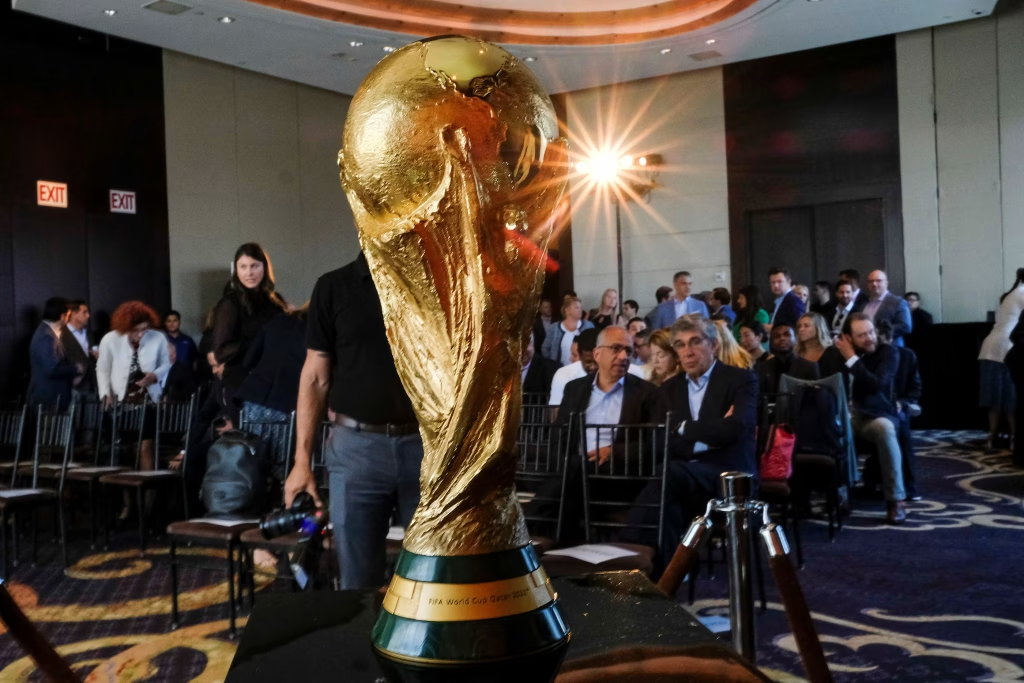
While scheduling difficulties are expected anytime the World Cup is held outside Europe or Africa, it becomes a bigger issue when matches that are already airing at odd hours also kick off late, stretch out with lengthy half-time breaks, and face frequent delays due to extreme weather.
Beyond just being inconvenient for fans, there’s also a deeper concern surrounding the sporting integrity of the tournament. Traditionally, the final round of group-stage matches is played simultaneously to prevent any team from gaining an advantage by knowing what result they need in advance.
While a short pre-match delay or prolonged half-time show may not impact fairness drastically, a major weather disruption — like a two-hour storm delay — could. In that case, one match might end before another even begins, giving teams an opportunity to manipulate the outcome.
FIFA can’t simply delay both matches to maintain fairness because unforeseen issues could continue to arise. And with 72 group-stage games scheduled across just 17 days, there’s virtually no wiggle room in the calendar to reschedule matches to a later date.
Put simply, these conditions could lead to scenarios that are far from ideal — both for players and fans, and potentially for the integrity of the competition itself.
Whether the 2026 World Cup will encounter the same issues faced by FIFA’s expanded Club World Cup remains to be seen. But the warning signs are already there.
FAQs
Why were there so many delays at the Club World Cup?
Matches were frequently disrupted by extreme weather, long half-time shows, late kick-offs, and drinks breaks — all of which extended game durations significantly.
How do Club World Cup start times compare to European leagues?
On average, Club World Cup matches started 1 minute and 26 seconds late. That’s longer than the Premier League (39 seconds), Bundesliga (27 seconds), and Ligue 1 (25 seconds), but still earlier than Serie A and La Liga.

